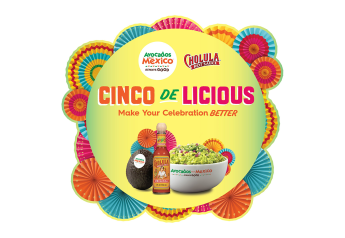These are the foodservice trends from fall 2021

The appeal of familiar, comforting food in an uncertain world is fading, even though we’re heading into winter when carbs are king.
Cooped-up consumers want new experiences, culinary adventures and fun dining fare.
Restaurant menus should experiment with unusual produce items or common ingredients used in new ways, said Mike Kostyo, trendologist at Datassential as he explained the latest findings in the United Fresh Produce Association’s Fresh Insights for Foodservice Fall 2021 report.
Pie
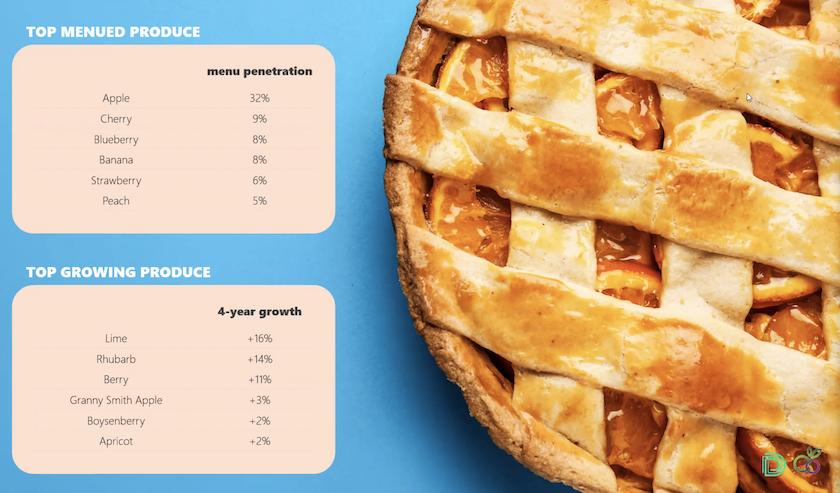
For instance, pies: This familiar dish is most popular on the West Coast, Northeast and the South, and least popular in the Midwest, somewhat surprisingly, according to the report.
Top-menued fruit fillers are apple, cherry, blueberry, banana, strawberry and peach. But the top growing pie fruits are lime (especially Key lime), rhubarb, berry, granny smith apple, boysenberry and apricot.
“Use next-level produce options, like currants and boysenberries,” Kostyo said. “Think of sweet or savory, and outside the circle: slab pies, personal pies, pie-inspired milkshakes or pancakes.”
Nachos
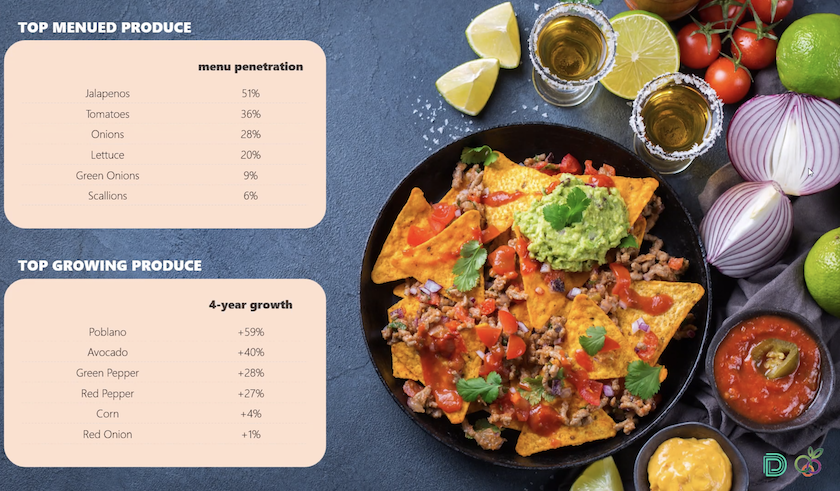
Another mainstay on restaurant menus, nachos are more sophisticated than ever, and that means more fresh produce on those chips.
“You can’t just put yellow tortilla chips on a plate and nacho cheese on it. You really have to step it up and offer a lot more,” Kostyo said.
Like pies, top menued produce on nachos is what you’d expect: jalapeños, tomatoes, onions, lettuce, green onions and scallions.
But suppliers and foodservice operators, consider these growing produce toppers for nachos: poblanos, avocado, green peppers, red peppers, corn and red onion.
“We continue to see spicy peppers and spicier flavors growing among American consumers,” he said.
Dates
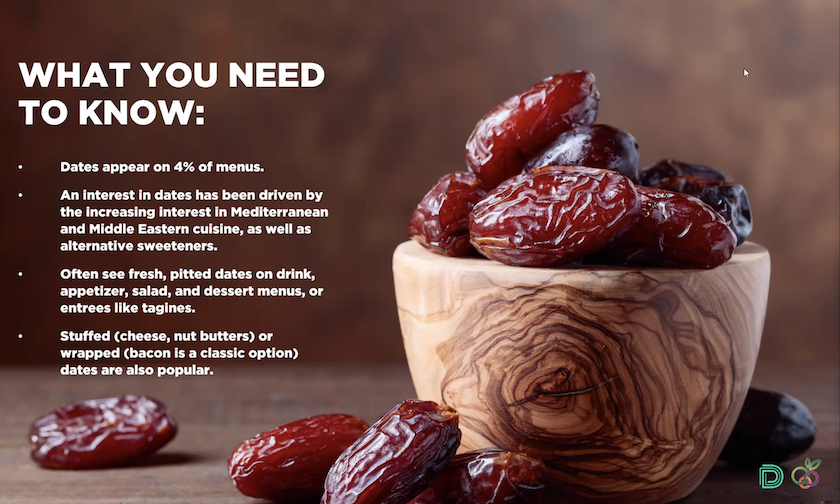
Listed on 4% of restaurant menus, dates are a produce item to watch as interest in Mediterranean and Middle Eastern cuisines increases.
The No. 1 application? Blended drinks. Think date shakes, make popular by Coachella Valley, Calif. Dates are also popular as an alternative sweetener in baked goods and other dishes for those who don’t want to use the powdery white stuff. Dates are also popular as appetizers when they’re stuffed with cheese or nuts and wrapped in bacon or prosciutto. And more often in fine dining, we see dates in salads and accompanying chicken.
Among the typical menu-adoption cycle — inception, adoption, proliferation and ubiquity — dates are in the “sweet spot,” the adoption phase, Kostyo said.
Kumquats
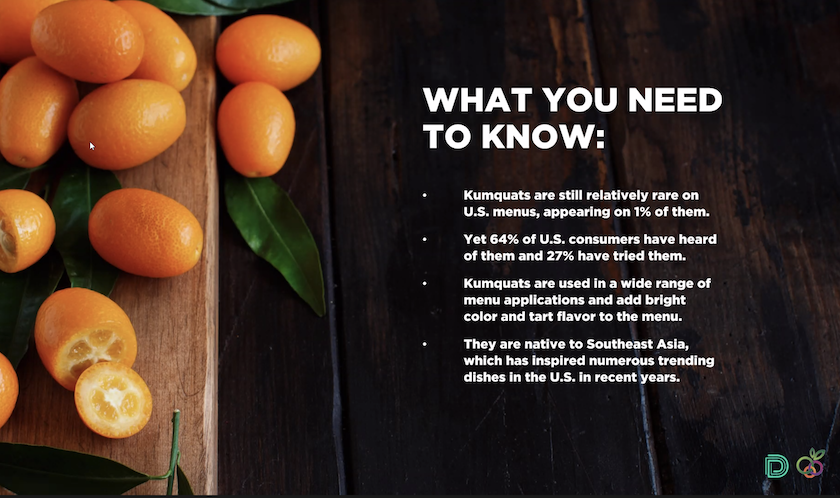
Even earlier in the trend cycle are those little tart citrus nuggets called kumquats.
Americans are somewhat familiar with the tiny orange fruit with 64% saying they’ve heard of them and 27% having tried them, but kumquats are still relatively new on the U.S. menu, appearing on only 1% of restaurants’ offerings.
But it’s coming. The fruit is native to southeast Asia.
“And southeast Asia has inspired so many trends over recent years,” Kostyo said.
Leeks

Appearing on 6% of menus, leeks have a sophisticated aura about them that isn’t necessary.
“Leeks are really just a variety of onion. It’s not something that’s so out there for consumers,” he said.
And while it’s on French menus, it’s often on Chinese and other Asian menus.
Popular among the boomer generation, leeks tend to be used in center-plate applications and are paired with potatoes, mushrooms and garlic.
“If you want to convince consumers, put it on a pizza,” Kostyo said.
Garlic
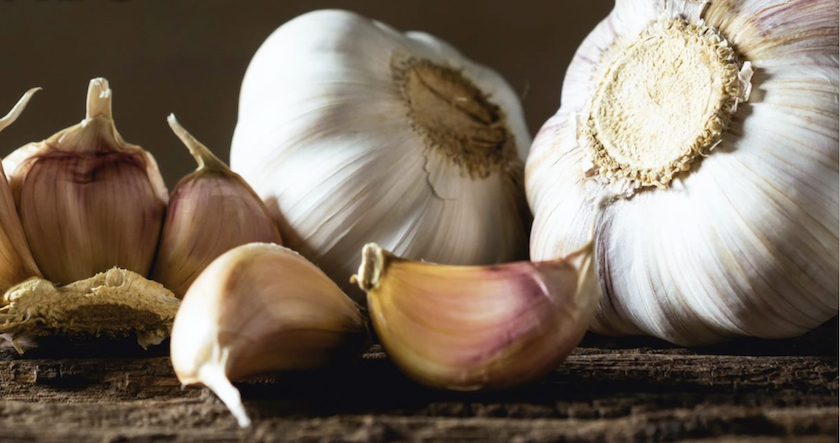
Unlike the other produce items mentioned, garlic is used and recognized ubiquitously. It’s used on three-fourths of all restaurant menus, and 79% of consumers say they like or love garlic.
Plus, garlic is one of the top three commodities that consumers associate with immunity, an especially attractive quality since March 2020.
Any drop in menu penetration in the last two years is likely due to supply chain issues, labor shortages and restaurants reducing their menus offerings to ensure they aren’t short when a diner orders something.
At chain restaurants, sweet potatoes, apples and basil made their mark in the last quarter, according to the report.






